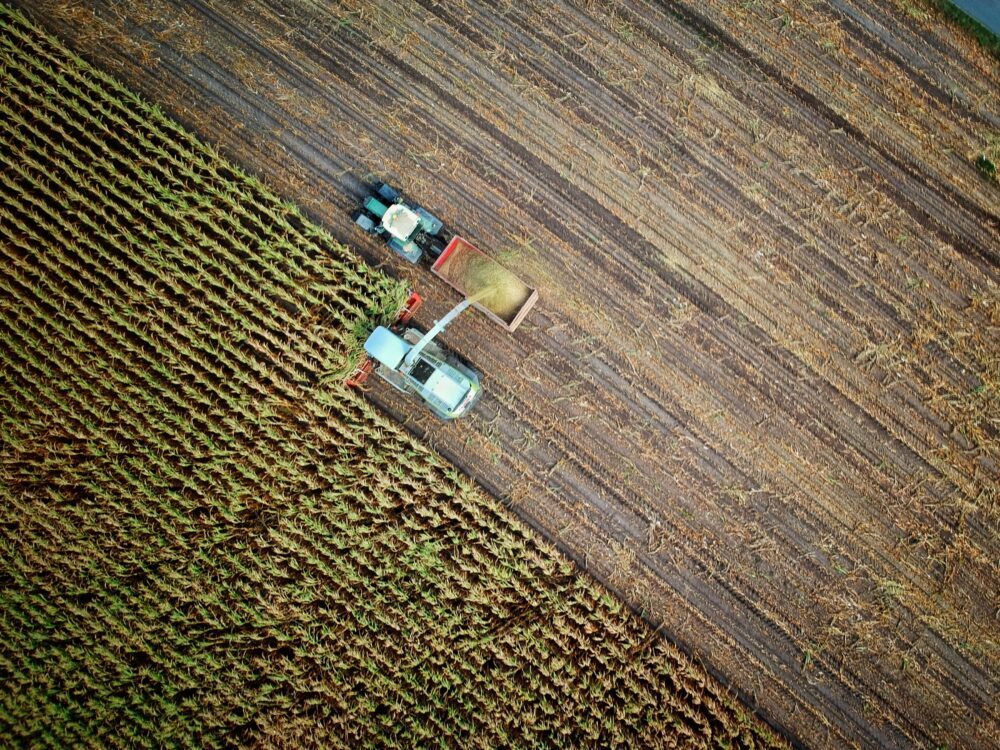Hi, I’m Angus Chalmers, Managing Director of RDP, a Gloucestershire-based marketing company specialising in agribusiness and animal health.
In this instalment of The Inside Track series, I’ll be discussing agflation – the challenges it will present to the industry in 2023, and what we can all do about it.
This was a key topic at the recent launch of Andersons Outlook for Farming 2023, which took the form of an open discussion, amongst 40 or so guests and I attended with great interest.
So, what’s to come for agriculture in 2023 and beyond?
That was the question behind the event, which brought together a real cross-section of those who live and breathe agribusiness – and those with insight into the factors that impact it.
The event was hosted by Andersons, the farm business consultancy. It took the form of an open discussion, including farmers, land agents, solicitors, bankers, allied industry, educators and accountants.
The discussion was rich, lively and revealed the key factors that will define the coming year. Here’s the first half of a summary to get you up to speed – be sure to catch the second part for further insights.
Agflation deliberation
One topic dominated discussions, and understandably so: agflation, driving input costs across the sector.
It’s fair to say there was much to dislike about the past couple of years – but they were good years for plenty of farmers, with 2021 very strong and 2022 only slightly behind. The exceptions being intensive livestock and horticulture which have been hard hit.
But 2023 is all but guaranteed to be tougher. For starters, income is forecast to drop by a staggering 30%, in part thanks to rising input costs starting to bite.
Even when you take into account that 2021 gave us a relative high from which to fall, it’s still a big drop, no matter which way you look at it.
Those of us who had our inputs on farm before the price surges had unknowingly dodged the price hike ahead of time. However, this last autumn we all faced the prospect of buying inputs for the 23 harvest year at greatly inflated prices. Some have hedged by selling forward, but listening to the room, not many.
ELMs transition turmoil
There are sector-wide concerns about real-term cuts to subsidy payments.
These fears are down to the switch from the common agricultural policy (CAP) to a UK-based agriculture support policy, namely the Environmental Land Management scheme (ELMs).
Despite now being in the second year of the transition phase, there is still much uncertainty about exactly what the government’s support offer will look like.
What do we know so far? The government says that ELMs aim to put money into:
- Productivity
- Environment schemes
- Investment
- Carbon
However, we don’t have a great deal of policy in these areas, particularly around investment and carbon.
And as is so often the case, the commercial marketplace has been much quicker to take a direction than the policy itself. This has led some critics to describe this time as a bit of a ‘wild west’ phase.
This serves as an illustration of a fundamental truth of any government strategy: It isn’t just about the policy, it’s about communication, and about giving advice so that farmers know what support is available and what they need to do to access it.
We hope 2023 will bring a clearer picture of the ELMs offer.
Adaption, transition, resilience: There’s more than meets the eye
The Bank of England base rate sits at 3.5% as I write this. It’s estimated to peak at high 3 or low 4 in 2023.
While borrowing costs are much higher than this time last year, there is some good news: Banks still see agriculture as an attractive sector for investment, and there is money available to lend.
The general consensus at the Andersons Outlook 2023 event was that TIFF (total income from farming) will fall by about 30% in 2023 and then remain at that lower level in 2024. But does that tell the whole story?
I would venture not. For example, farmers are developing new income streams through, for instance, diversification and carbon, alongside regenerative farming practices which by their nature improve the bottom line. These are starting to gain traction and deliver great value for those farms, beyond producing food.
This is a timely reminder that it pays to be conscious of statistics’ limitations. TIFF figures create the illusion of inertia, but don’t be fooled. We in the sector know farmers are busy building resilience and future-proofing their enterprises.
But it’s important every enterprise has the opportunity to diversify. That’s why I believe access to sound advice about adaptation and transition is so essential.
If you have any questions about any of the issues mentioned here, get in touch. We’re always happy to hear from you, and always happy to help.





